Blackmagic Design this week announced a number of Blackmagic Design products were used for live broadcasting and filming of the launch of “HAYABUSA 2,” a Japanese asteroid surveying spacecraft. Blackmagic Design products used included ATEM 1M/E Production Studio 4K, HyperDeck Studio Pro, Teranex Express and a number of Mini Converters. This project was promoted by: JVC Kenwood・VideoTec and Japan Cablecast and aired on Channel 4K. Shooting and live streaming was done by Gokuraku Eizo and Video Service, who, although surrounded by thousands of dollars in incredible equipment, seem to have forgotten to bring chairs.
”HAYABUSA 2,” operated by JAXA, the Japanese space agency and its spacecraft, is a surveying and sample return mission of an asteroid. It recently launched from the Yoshinobu launch complex at Tanegashima Space Center via an H-II A rocket, and its launch was captured Iive by JAXA. “The project was originally to make content for a dome shaped theatre like a planetarium, which JVC Kenwood・VideoTec offered us. Usually, the content for these types of theatre are CG or animation, so we were looking to do something live action,” said Kei Nozawa, president and DoP of Gokuraku Eizo, a Japanese production company.
“We decided to shoot in 4K and up convert the footage to 8K for showing in a dome theatre. As we also planned a live broadcast of the launch of HAYABUSA 2, we had to find a switcher which would allow us to switch 4K feeds without any stress. We found the Blackmagic ATEM 1M/E Production Studio 4K, and decided it was the one to use,” said Nozawa.
Japanese rental company, VIDEO Service, joined Gokurazu Eizo for this HAYABUSA 2 project and dealt with selecting the equipment. Yoshinori Nakano, from the tech department of VIDEO Service said, “We had to use many cameras for the project, and we needed enough inputs to cover all of those camera feeds. We chose the ATEM because it supports 4K, has 10 inputs, and is capable of picture in picture.”
Multiple HyperDeck Studio Pros were also used for recording backups for the live broadcast as well as playback decks for insert footage. These were also used in recording the recent launches by the ALOS-2 rocket and Himawari 8 weather satellite. “We recorded the program output from ATEM for a backup. One with titles and another without titles, so we introduced two HyperDeck Studio Pros. We had also recorded the launch of ALOS-2 and Himawari 8 before as a test shoot, so we used the material as insert footage for live broadcasting of the HAYABUSA 2 launching project. We used three HyperDecks for playback of that footage.”
Teranex Express was used to color correct each signal from the satellite feed and ensure it was synced up. Blackmagic Mini Converter SDI Multiplex 4Ks were connected to each camera’s output, which had four 1.5G SDI connections for UltraHD 4K output, to convert to 6G SDI. Extra converters were required on the ATEM program output to convert back to 4 HD-SDI for compatibility with the broadcast system, resulting in a total of seven Mini Converter SDI Multiplex 4K converters used for the project.
DaVinci Resolve was also used for editing on site. “I edited some footage shot at the site, added some effects for the count down video or added some subtitles using Resolve. There are not many applications that allow us to handle 4K easily. Resolve, on the other hand, let me edit 4K footage very easily,” said Nozawa.
The footage edited using Resolve was recorded on to a SSD by a HyperDeck Studio and played back from HyperDecks as insert footage. Nakano said, “Recording and checking the edited content from the HyperDeck was easy and could be done right away.”
Nakano continued: “When live broadcasting, any video material for insert was sent from a HyperDeck. That footage sometimes needed to be down scaled by the DVE to fit in the live footage, and ATEM easily handled it. Also, still graphics could be displayed using the ATEM’s keyers.”
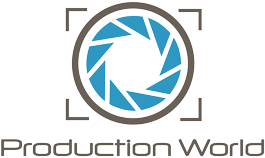

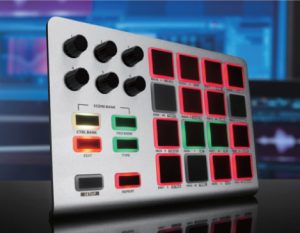
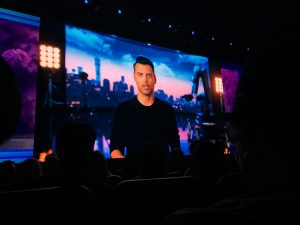
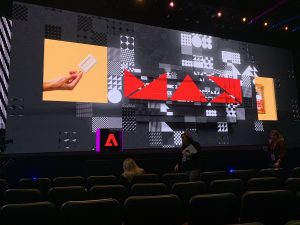
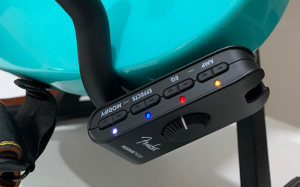

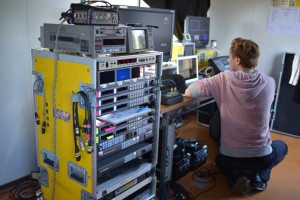
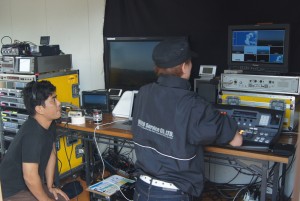

Leave a comment